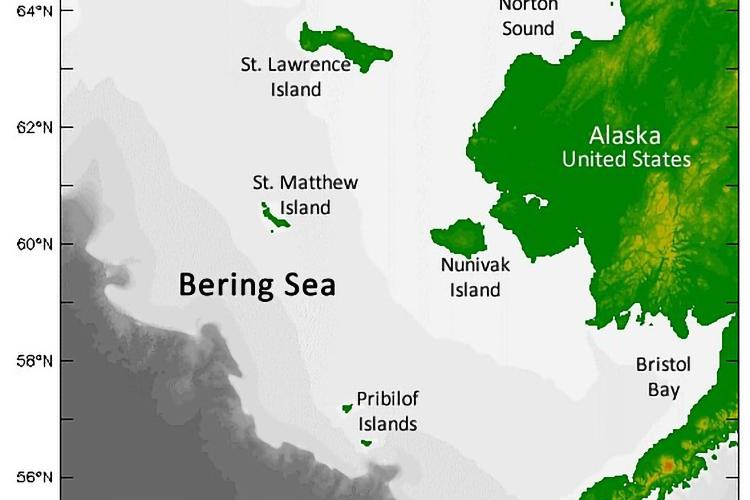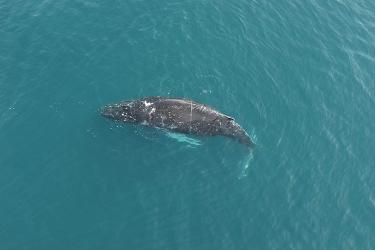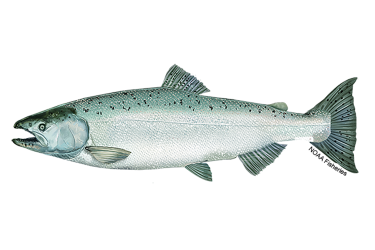The Bering Sea is a dynamic and productive ecosystem that supports approximately 40% of the U.S. commercial fishery catch. However, substantial changes to the ecosystem, hypothesized to be related to climate and oceanographic variability, have been observed. These include changes in the timing and extent of seasonal sea ice, the occurrence of coccolithophore blooms, shifts in the distribution and recruitment of groundfish species, and changes in seabird and mammal populations. We want to better understand ecosystem vulnerability and resiliency in the Bering Sea in order to forecast consequences for fisheries and the Alaskan communities that depend on them.
Studying the Ecosystem Processes in the Bering Sea
Climate models forecast continued fluctuations, sparking concern for cascading effects that could alter trophic linkages, affect community structure, and influence population demographics.
Long-term ecosystem monitoring, coupled with directed process studies and comprehensive modeling, can be used to inform predictions of future potential changes, which are critical to sustainable fisheries and productive communities.
We have been conducting foundational, mechanism-based science in the Bering Sea for more than 30 years. We study the whole ecosystem, focusing on the bottom-up and top-down processes that influence year-class strength in fisheries.
Our approach uses a multidisciplinary toolbox of long-term biophysical moorings, ship-based operations, biological sampling (phytoplankton, zooplankton, midwater and bottom trawling for fish and invertebrates), satellite-tracked drifters, and innovative, high-resolution autonomous sampling systems (gliders, saildrones, pop up floats, profiling crawlers on moorings) to understand ecosystem factors influencing survival in ecologically and economically important fish species (walleye pollock, Pacific cod, arrowtooth flounder, Pacific halibut, yellowfin sole, rock sole, salmon, capelin, among others).
Contact
- Julie Keister, Recruitment Processes Program, EcoFOCI Program Manager





